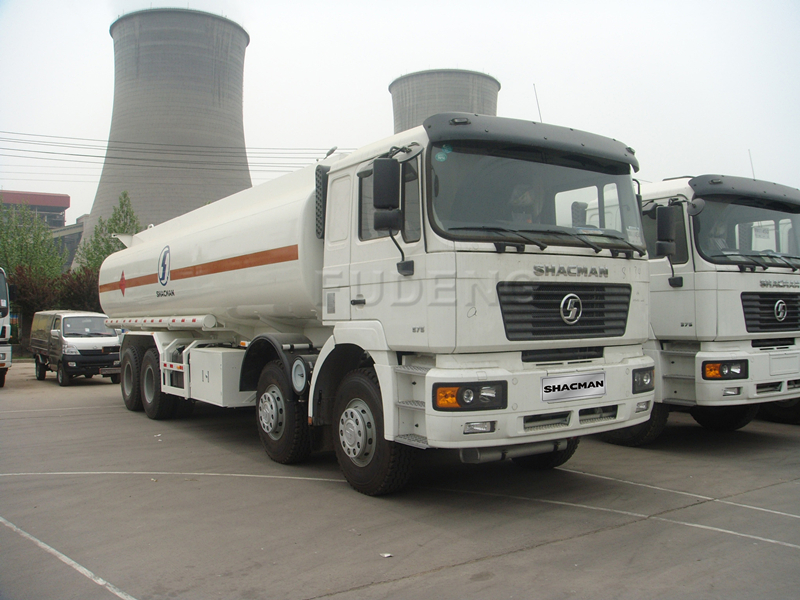Requirements For The Use Of Oil Tankers
Oil tankers, also known as mobile refueling truck, computer tax-controlled refueling truck, oil tank truck, oil loading truck, oil truck, oil truck, oil transportation truck, edible oil transportation truck, is mainly used for petroleum derivatives (gasoline, diesel oil) , crude oil, lubricating oil and coal tar and other oil products) transportation and storage. According to different uses and use environments, it has a variety of refueling or oil transportation functions, including oil absorption, pumping oil, and various oil packaging and distribution functions.

Requirements
1.Operators are required to wear work clothes and shoes that can dissipate static electricity, wear fire-resistant gloves, use tools that do not generate sparks, and are prohibited from working in stormy days.
2. It is strictly forbidden to repair the oil tankers at the refueling site, it is strictly forbidden to smoke and burn objects near the oil truck, it is strictly forbidden to use an open flame to check the fuel level in the oil tankers, and it is strictly forbidden to refuel the fuel tanker truck that is not turned off.
3. The oil tankers truck exhaust must be equipped with a fire cap, and the word “explosion-proof” must be pasted in the eye-catching position of the body.
4. In order to prevent the accident of the oil tanker truck, it is not allowed to hit the parts on the oil tankers with metal objects when the exhaust pipe muffler is damaged, the pipeline oil leaks, the conductive electrode is damaged or broken, so as to avoid sparks.
5. The oil tanker truck should be equipped with a special fire extinguisher, and must be equipped with a tow chain and a pole to avoid electricity.
6. When the tankers is running, the mopping chain should touch the ground. When refueling or draining the oil, the pole must be inserted into the wet ground.

7.When oil leakage or spillage occurs in the tanker, all oil filling operations at the oil filling point and adjacent oil filling positions should be stopped immediately. All valves that open and close when unloading or lower loading should be closed immediately and should only be left by key personnel.
8. The refueling hole of the oil tankers should be tightly sealed, the oil discharge valve and oil discharge pipe should be free of leakage, and the ventilation hole of the oil tank should be unblocked. The oil pump inlet filter should be cleaned frequently, and the joint cover at both ends should be installed immediately after the oil delivery hose is used up, so that no dirt can enter.
9. Regularly check the lubricating oil in the power take-off box of the tanker. If there is too little or there are impurities, the lubricating oil should be replaced. Also check the wear of the power take-off box parts, dismantle, clean and replace the worn parts.
10. The medium passing through the tanker ball valve should not be too dirty, in order to protect the sealing ring and improve the service life of the ball valve. Each ball valve handle should be in the closed state.
